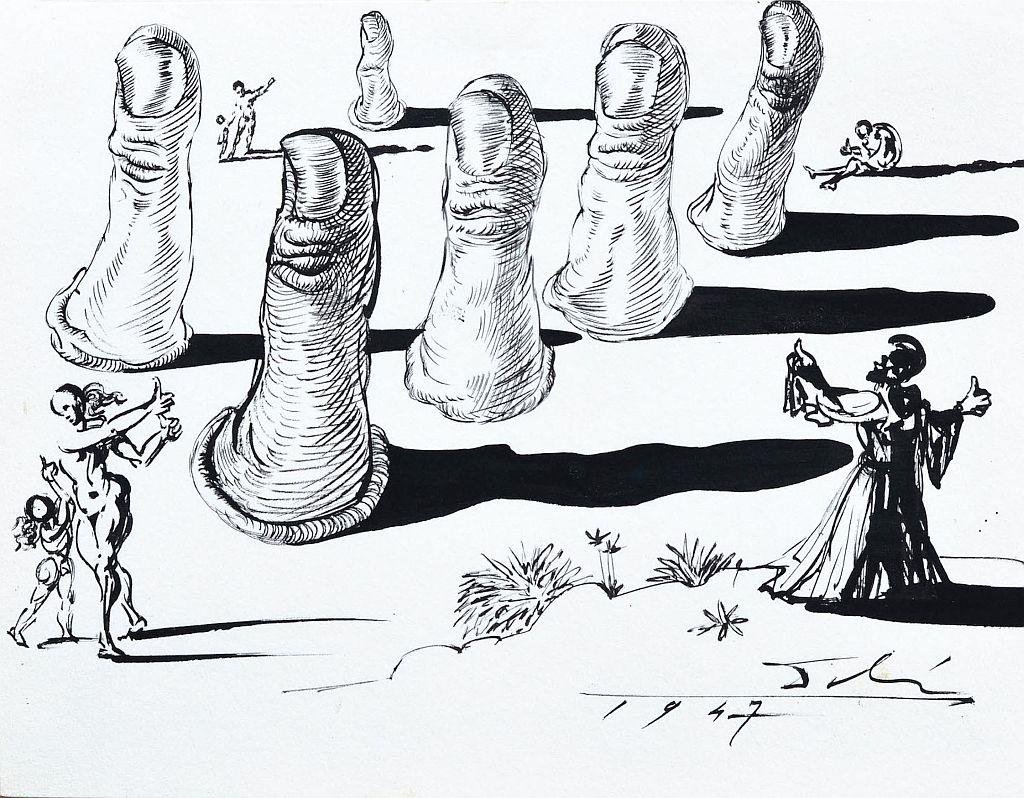
The exhibition, titled Recipes for Immortality, features art by Salvador Dalí from the personal collection of Richard H. Mayer of Germany. The exhibition is a continuation of major efforts by the Lendava Gallery and Museum, which has been working with prestigious European galleries and private art collectors for several of years. The organizers of this event are the Lendava Gallery and Museum and Kontakt Verlag from the town of Neufahrn bei Freising.
The latest of several major artists in Lendava
In addition to this year’s exhibition of works by Salvador Dalí and last year’s acclaimed exhibition of works by Joan Miró, the museum’s close work with other institutions has also brought quite a few major exhibitions to the town of Lendava. They included a retrospective of Victor Vasarely, an exhibition of watercolors and lithographs by the prominent Austrian expressionist Oskar Kokoschka, an exhibition of oils and prints by one of the most prominent 20th-century member the "Paris School" of modern art, Françoise Gilot, and an exhibition by the Czech painter and printer, the fin de siècle great Alfons Mucha.
Other events included an exhibition of Japanese masters of erotic shunga woodcuts, an exhibition of ceramics from the famed Hungarian Zsolnay workshop, an exhibition of etchings by the Dutch great Rembrandt (in cooperation with Künstlerhaus of Vienna), an exhibition of prints titled Los Caprichos by the Spanish artist Francisco de Goya, and an exhibition of Pablo Picasso, who is considered the most famous artist of the 20th century.
From Spain via France to the U.S. and then back again to France
Salvador Dalí (1904--1989) was born in Figueres, Spain. After his studies in Madrid, he moved to Paris in 1921. That’s where he was introduced to Picasso, André Breton, and the surrealist movement. In 1940, he immigrated to the U.S., and moved to France again eight years later. Dalí, who is considered a leading practitioner of surrealism, built his fame with exceptional works of art, but also with his provocative lifestyle. By applying his studies of psychoanalysis, he developed the so-called paranoid/critical method of painting, and used his artistic talents to combine precise visual details with eccentric and even absurd combinations, which he called "hand-painted photographs of dreams."
He was skilled with the media and knew how to sell himself. He also knew how to create and maintain the cult of his genius. His oeuvre includes pieces from almost the entire 20th century. After all, he began to create as a child and was driven by almost explosive creative power until his death.
P. G.; Translated by J. B.

































































